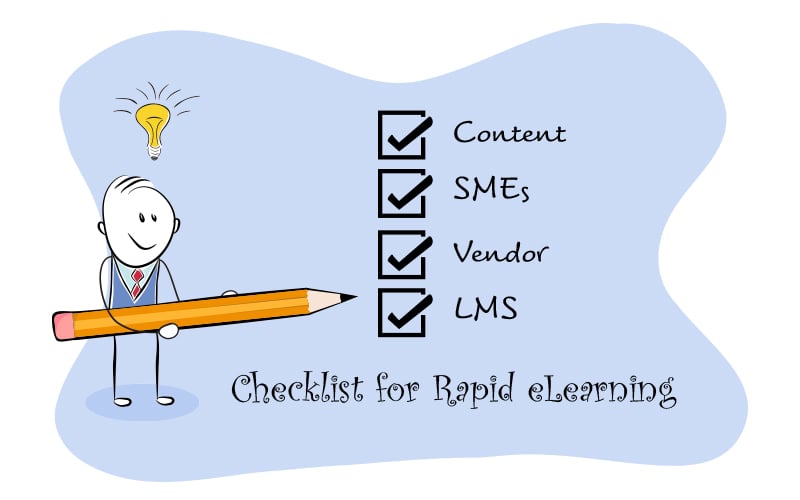Are You Really Ready to Embrace Corporate eLearning? [Infographic]
![Are You Really Ready to Embrace Corporate eLearning? [Infographic] Are You Really Ready to Embrace Corporate eLearning? [Infographic]](https://blog.commlabindia.com/hubfs/elearning-readiness-factors-info-v2.jpg)
Are you seeking an efficient means to train your global workforce on a recently launched product or an ERP tailored to their specific job roles? Look no further than eLearning, a robust solution renowned for its flexibility, convenience, cost-effectiveness, and rapid implementation benefits. Despite the transformative impact of eLearning on corporate learning, some companies face discouraging results, often stemming from inadequate guidance in the initial stages of implementation.
To ensure success, it's imperative to conduct a comprehensive readiness analysis before embarking on eLearning course development.
Explore the seven critical readiness factors outlined below to ascertain your organization's preparedness for embracing this dynamic digital learning technique.
7 Factors to Determine eLearning Readiness
1. Organizational Culture: Assess the prevailing organizational culture to ensure it aligns with a digital learning approach. A culture that values continuous learning and technological adoption is conducive to successful eLearning implementation.
2. Technological Infrastructure: Evaluate the existing technological infrastructure, including network capabilities and compatibility with eLearning platforms. Adequate IT support and robust connectivity are essential for a seamless learning experience.
3. Leadership Support: Ensure leadership is committed to and supportive of the eLearning initiative. Leaders should champion the cause, emphasizing its importance and motivating employees to actively engage with digital learning.
→ Download Now: How to Choose the Right eLearning Outsourcing Partner? [eBook]
4. Employee Skills and Digital Literacy: Gauge the digital literacy levels and technological proficiency of your workforce. Providing necessary training and resources to enhance digital skills will contribute to the success of eLearning programs.
5. Learning Objectives and Content Availability: Clearly define the learning objectives and assess the availability of relevant content. A well-structured curriculum and accessible learning materials are fundamental for effective eLearning experiences.
6. Learner Motivation and Engagement: Understand the motivation levels of your learners and their willingness to embrace digital learning. Implement strategies to enhance engagement, such as interactive content, gamification, and rewards for achievements.
7. Data Security and Compliance: Prioritize data security and compliance with industry regulations. Implement robust security measures to safeguard sensitive information, and ensure that eLearning practices align with relevant legal requirements.
Conducting a thorough analysis of these seven factors will provide valuable insights into your organization's readiness for the successful implementation of eLearning initiatives.
Once the eLearning courses are developed for implementation, your next step would be to encourage your employees to engage in the courses to learn and develop skills. For this, you will have to try different strategies to promote online training courses.
Here's an infographic on how to promote eLearning at your company:
Ways to Promote eLearning in your Organization
Wrapping Up
Getting started with eLearning can be transformative for your organization, offering unparalleled flexibility, convenience, and cost-effectiveness. However, to ensure its success, a comprehensive readiness analysis is indispensable. The seven critical factors outlined above provide a roadmap for assessing your organization's preparedness, from cultural alignment to technological infrastructure and learner engagement.
Ready to Unlock the Power of eLearning?
Now that you've gauged your readiness, the next crucial step is finding the right eLearning outsourcing partner. With expertise in instructional design, content development, and seamless implementation, a strategic outsourcing collaboration can elevate your eLearning initiatives. Ready to make the leap? Click on the image below to explore and choose the perfect eLearning partner for your organization.
Editor’s note: This post was originally published in December, 2023 and has been updated for comprehensiveness.







![Changing the Paradigm from Classroom to eLearning [Infographic]](https://blog.commlabindia.com/hubfs/Imported_Blog_Media/promoting-eLearning-featured-image.jpg)